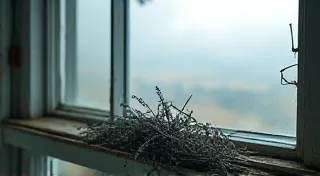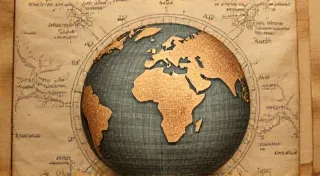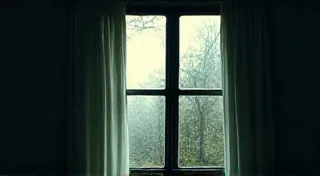The Collector's Taxonomy: Categorizing and Appraising Vintage Camera Value
There’s a quiet dignity in holding a vintage film camera. It’s more than just a collection of gears and glass; it’s a time capsule, a tangible link to a period when craftsmanship was prized, and the act of photography was a deliberate, almost meditative process. I remember my grandfather’s Rolleiflex. It wasn’t something he showed off, but when I was old enough, he'd let me hold it, feel the weight of it in my hands, and explain how he used it to document his family – grainy, beautiful images captured with a care and precision almost unimaginable in our digital age. It sparked something in me – an appreciation for the artistry and engineering that went into these remarkable machines.
Now, many of us are drawn to vintage film cameras – not just for their aesthetic appeal, but for the unique character they impart to photographs. But beyond the simple enjoyment of using them, lies the world of collecting. And for those who venture into that world, understanding the factors that contribute to a camera's value becomes essential. It's a nuanced process, a taxonomy if you will, that involves evaluating not just the mechanics, but also the history and the market demand. Let’s explore those key categories.
Condition: The First and Most Immediate Assessment
Condition is, undeniably, the primary driver of value. A pristine example of a Leica M3, for instance, will command a significantly higher price than one that’s been heavily used, shows signs of damage, or has undergone questionable repairs. But assessing condition isn't just about scratches and dents. It's about the overall integrity of the camera. Does the shutter fire accurately? Is the light meter functional (if present)? Are the lenses clear, free of fungus, and properly aligned? Do the focusing mechanisms work smoothly?
The grading system often employed by collectors ranges from "Mint" to "Poor," with intermediate steps like "Excellent," "Very Good," "Good," and "Fair." “Mint” cameras are extraordinarily rare, typically still in their original boxes with all accessories, and often unused. "Excellent" cameras show minimal signs of wear and are in perfect working order. “Very Good” implies some cosmetic wear but retains full functionality. The drop from “Very Good” to “Good” often indicates a more significant decline in cosmetic appeal or minor functional issues. Ultimately, honest assessment is key – even a beautiful camera with a non-functional shutter is worth less than a cosmetically challenged but perfectly working one. Many collectors find themselves needing to delve into essential tools for camera repair to restore older models and maintain their value, a testament to the durability of these machines.
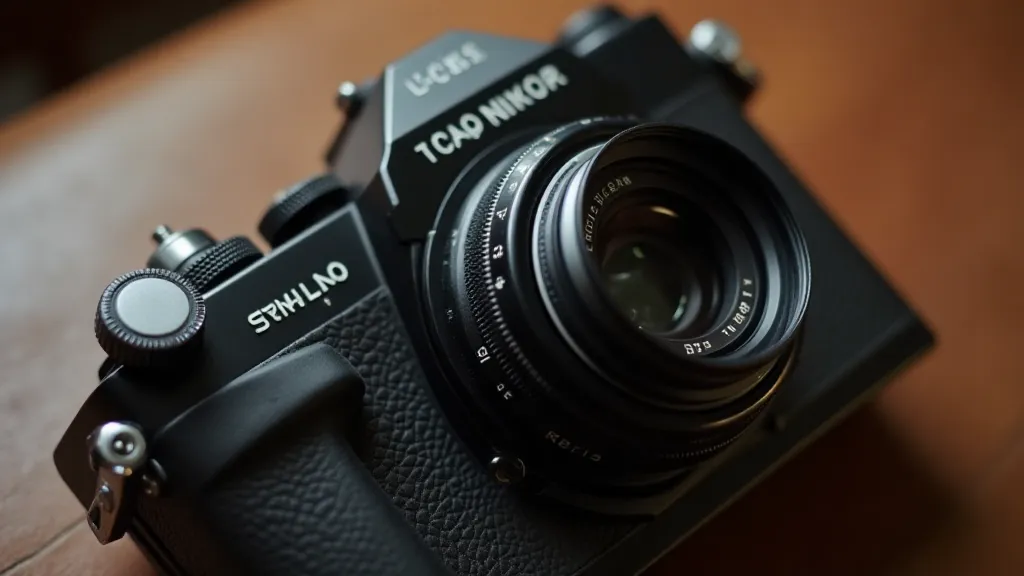
Rarity: Scarcity Breeds Value
Rarity is often intertwined with desirability, and it's a potent ingredient in the valuation equation. Limited production runs, unique prototypes, or cameras discontinued early due to manufacturing issues are typically more valuable than their more common counterparts. Take, for example, the Nikon SP – a relatively short-lived but technologically advanced single-lens reflex camera from the 1950s. Its rarity, combined with its impressive features, elevates its value considerably.
Understanding production numbers can be tricky. Manufacturers weren't always forthcoming with exact figures, and records can be lost or incomplete. However, dedicated collectors and historical archives often piece together information, providing a clearer picture of a camera's scarcity. Online forums and specialized camera auctions are valuable resources for researching production numbers and establishing a baseline for rarity. Discovering these stories often begins with a deeper exploration of the silent witness found within documentary film camera archives, revealing layers of history often overlooked.
Historical Significance: A Camera’s Place in Photographic History
The historical significance of a camera often stems from its pioneering technology, its influence on photographic trends, or its association with renowned photographers. The Kodak Brownie, for example, democratized photography, making it accessible to the masses. Its historical importance is undeniable, and even relatively worn examples command a modest price.
Cameras used by famous photographers, even if not directly connected to a significant photographic work, can also increase in value. A simple press camera owned by Henri Cartier-Bresson, for example, would be highly desirable to collectors, even if it didn't capture any iconic images. The story behind the camera often amplifies its worth.
Demand: The Invisible Hand of the Collector’s Market
Demand is perhaps the most unpredictable factor, shaped by trends, nostalgia, and the whims of collectors. A camera that was relatively obscure a decade ago might suddenly become highly sought-after due to a resurgence of interest in a particular film format or a renewed appreciation for its aesthetic qualities. The current resurgence of interest in medium format photography is a prime example. Suddenly, cameras like the Pentax 67, once readily available at reasonable prices, are commanding significantly higher sums.
Online auction platforms and specialized camera retailers offer insights into current market demand. Observing trends in prices and sales volume can help collectors gauge the popularity of specific camera models. Sometimes, understanding this deep connection requires looking beyond the lens, and uncovering authentic stories in forgotten family archives.
Synthesizing the Factors: A Collector's Taxonomy
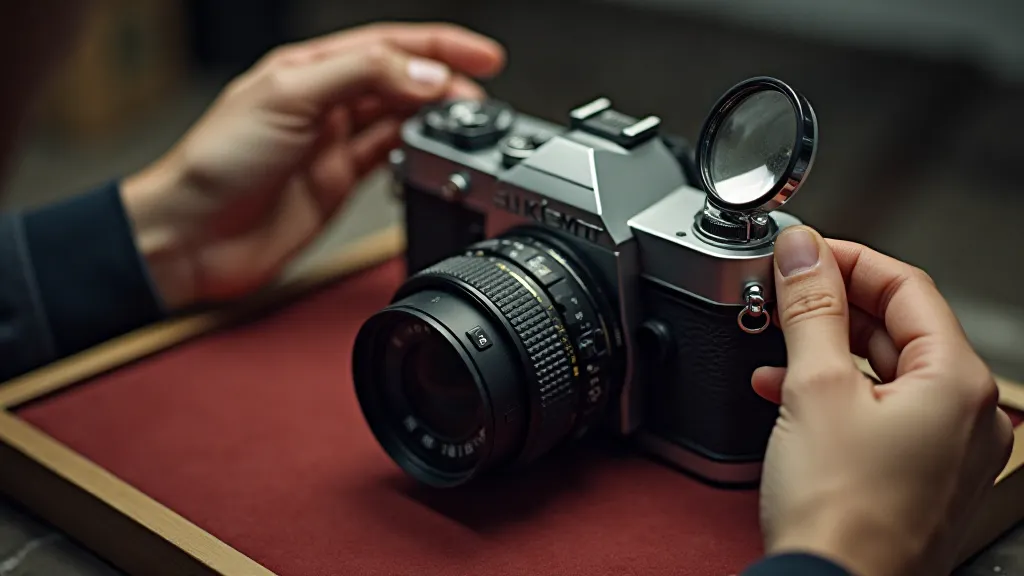
Appraising vintage camera value isn't a simple arithmetic equation. It's a subjective assessment that takes into account these interconnected factors. A camera might be relatively common (low rarity) but, if in exceptional condition and possessing a unique historical significance, it can still command a high price. Conversely, a rare camera in poor condition might be less valuable than a more common model in excellent condition.
Developing a personal taxonomy, a system for categorizing and evaluating cameras, is a crucial step for any serious collector. Start by establishing clear criteria for assessing condition, then research production numbers and historical significance. Finally, observe market trends and be prepared to adjust your valuation based on demand. The emotional resonance these cameras evoke is often overlooked; sometimes, the most compelling narratives lie in the still life of absence – echoes of the photographer left behind in discarded equipment.
Beyond the financial considerations, however, there’s a deeper appreciation to be had. Each camera tells a story – a testament to the ingenuity of its designers, the craftsmanship of its builders, and the passion of the photographers who used it. Holding one of these cameras, feeling its weight and texture, is a tangible link to a bygone era, a reminder of the enduring power of photography.
My grandfather’s Rolleiflex, now carefully stored, remains a reminder of that connection. It’s not just a camera; it's a legacy, a piece of family history, and a symbol of the enduring value of slowing down and appreciating the art of photography. That, perhaps, is the highest form of value any camera can possess.
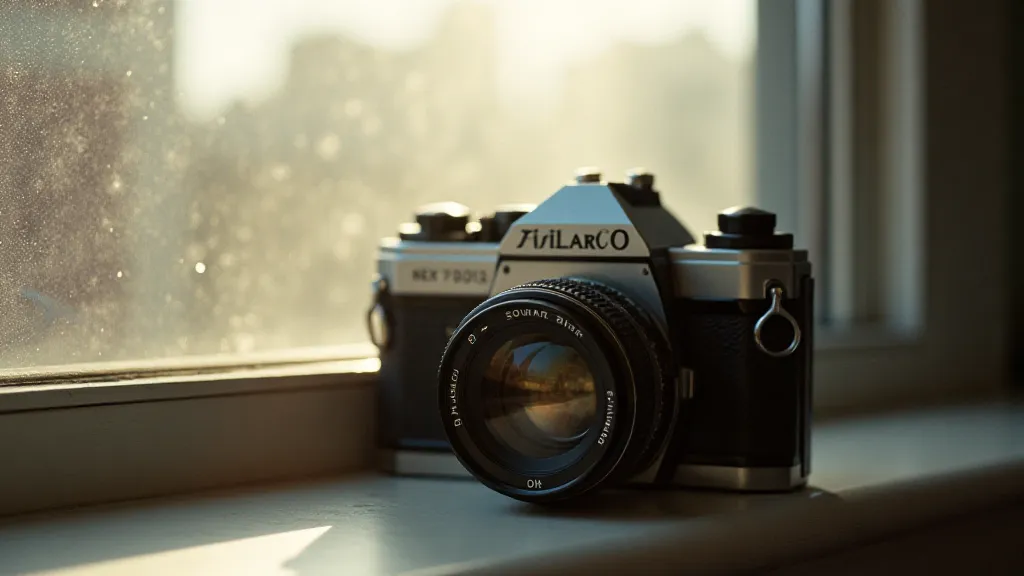
For those deeply drawn to the narratives these objects hold, understanding the nuances of collecting and preservation is vital. It's more than just acquisition; it's a process of safeguarding history and allowing the stories embedded within these machines to continue resonating for generations to come. The value of such endeavors transcends monetary worth, existing instead within the echoes of moments captured and the legacy of photographic innovation.

